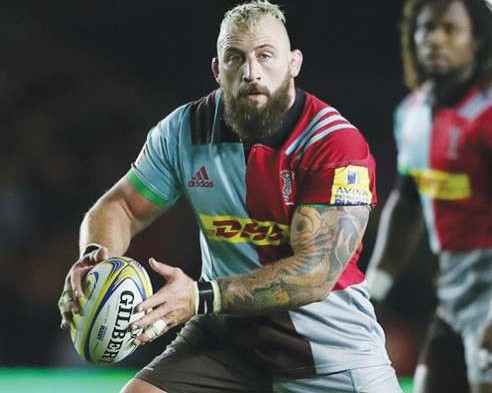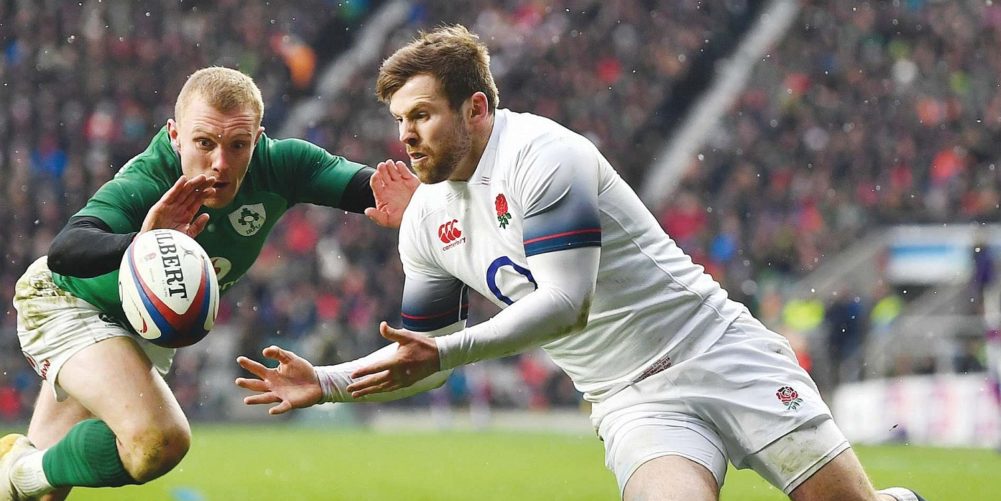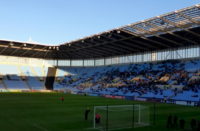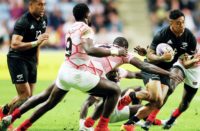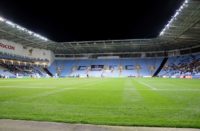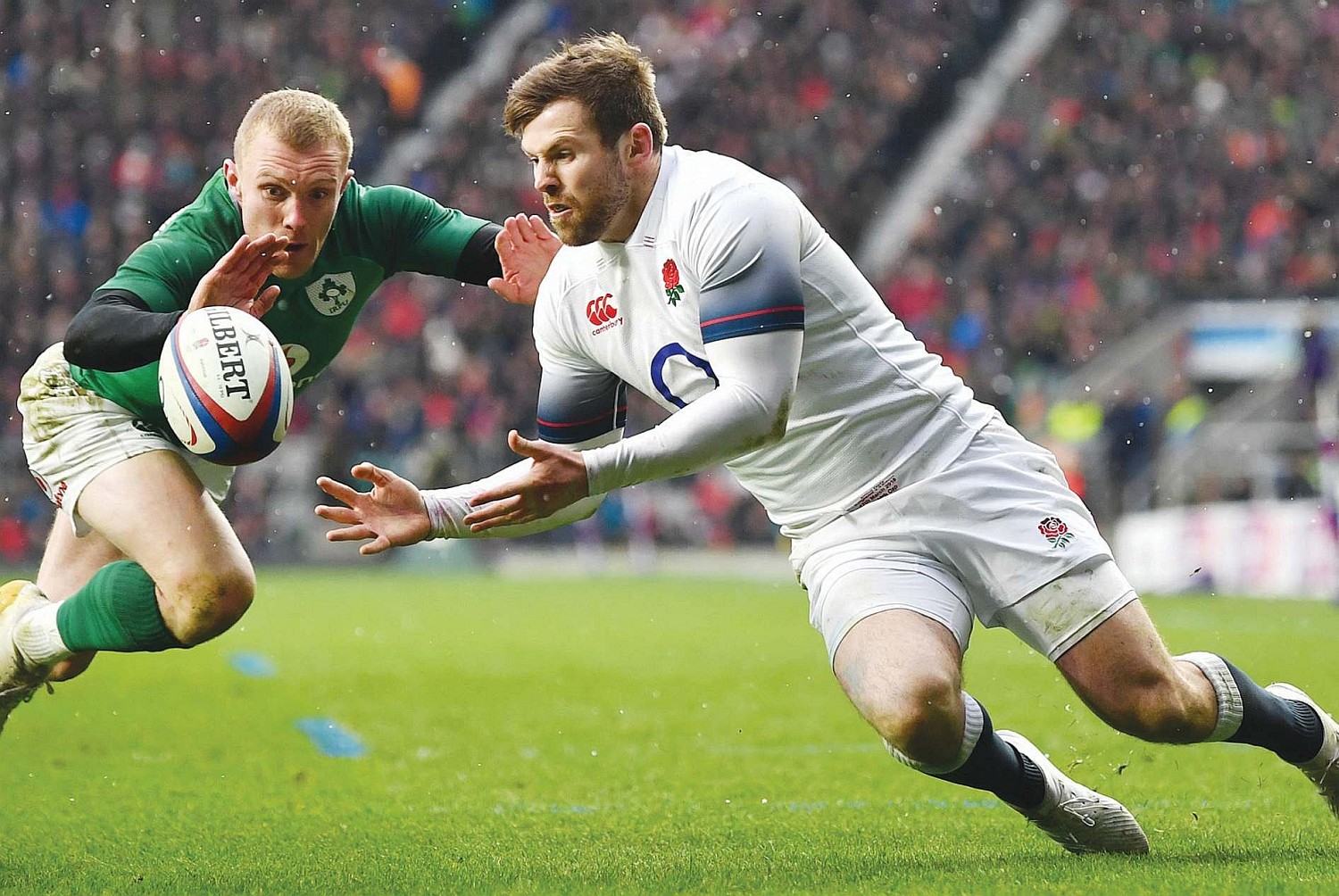
Make Elliot Daly England's new captain for the tour to South Africa, and take an up-andcoming squad to face the Springboks while leaving the bulk of England's 15 Lions from last summer behind to recuperate.
There is a risk element, but after England's grim fifth-place Six Nations finish it is time for Eddie Jones to be bolder in selection. His new mission statement must include picking players who can put the forward gears in England's faltering pack.
This means finding true opensides who can win loose ball and link effectively around the fringes and in open play, as well as dynamic tight five forwards who can put some snap into a lineout drive as well as scrummage powerfully.
It should involve picking a balanced back row, which will hopefully have a fully fit Billy Vunipola restored at No.8 and appointed as vice-captain. It is a squad which should also offer the best attacking half-back pairing in the Premiership, Dan Robson and Danny Cipriani, the chance to challenge the established order.
A combination of Daly and Billy Vunipola provides a credible response to the shortage of leaders Jones inherited, with both – unlike Dylan Hartley – nailed on as starters. Daly should play outsidecentre, and although it is not always considered the ideal position from which to captain, it worth emphasising that one of England's most successful captains, Will Carling, was a centre.
Daly is a Test Lion who has grown in authority, and is an articulate customer. Billy Vunipola has automatic kudos as England's forward talisman, and leading from the front is second nature to him.
The other key leadership figure who has to rise to the challenge is Jones himself. He and the other big earners in the international coaching game have been described as a new breed of “supercoaches”. The England supremo is going to have to live up to that billing and become supercharged in every respect over the next six months if his side are to re-emerge as potential World Cup winners.
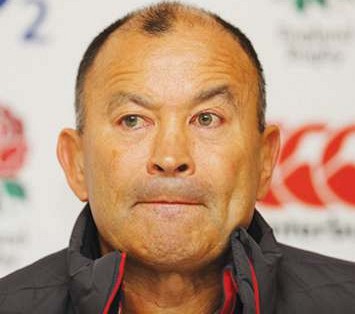
By his own martinet-like high standards yardstick Jones let his own performance drop steeply during the Six Nations. If we take 5 out of 10 as average, it would be difficult to give Jones more than a 4 for selection, and the same for conditioning, strategy and coaching since the start of the season.
Selection is generally considered to be 75 per cent of the job at the highest level. The ability of the head coach to see how to put together the matrix of the various talents at his disposal to forge a successful team is paramount.
So is getting your team to peak at the right times. A crucial part of that is discerning early in the script when individual players, and sometimes whole units, are slipping below the performance level required – and Jones missed the warning signs.
“England's slump suggests Jones made serious errors at the start of the season”
We all know that a loss of form can be for a variety of reasons. Fatigue, dented confidence, niggling injuries, off-field problems, and veterans struggling to hit former peaks, are all part of the intricate weave. Discerning the whys and wherefores, and taking appropriate action, is where the head coach earns his corn.
However, if we look at the England forwards over the past season Jones has fallen short in that objective. The defeat by Ireland in Dublin over a year ago signposted that the head coach needed to energise his pack with a transfusion of new blood.
The Lions exodus provided him with an opportunity, and to a degree he did so on the tour of Argentina by promoting Ellis Genge, Harry Williams, Joe Ewels, Mark Wilson, Sam Underhill, Tom Curry and Don Armand (briefly) to the starting line-up.
However, come the opening game of the autumn – a series where Jones had the opportunity to shake the selection tree again – he reverted to his ‘old guard' at Twickenham against a substrength Argentina.
This included the reinstatement of Hartley as captain, despite his lacklustre form for Northampton, and the over-reliance on a handful of England's Lions contingent, with Mako Vunipola, Dan Cole, Courtney Lawes, George Kruis, and Jamie George – still cast as a perennial 50-minute sub – marched straight back to duty.
Watching from the sidelines it soon became clear that most of those Lions forwards had burn-out symptoms, while the likes of Hartley and Cole were struggling from the outset to make an impact in the loose.
That's why two weeks before the Six Nations started, after a dismal showing in the late European Cup pool rounds by English clubs, I argued that Jones' squad was jaded, and that the England pack was not everything it was cracked up to be. It's why my Six Nations prediction was that instead of Grand Slam glory and an unprecedented third title there were a couple of defeats on the cards, with Ireland supplanting them as champions.
Some you get right, and this time the mistake was not predicting three successive losses. That slump suggests that Jones made serious errors at the start of this season.
The first was a glaring underestimation of the impact the Lions tour had on his players.
Some of this might be explained by the fact that the Australian rugby landscape where Jones was schooled has nothing like the Lions in terms of the sustained intensity and media scrutiny. This was amplified massively because the 2017 tourists were the best Lions side to visit New Zealand since 1971, and were taking on the double world champion All Blacks on their own turf.
Even so, it is hard to believe that Jones did not have a better rehabilitation plan for his players in place. You only have to go back to England's 2016 tour of Australia – which was less than half the length of the Lions – to find Jones reflecting that his players should have been on the beach rather than playing a three-Test series Down Under.
That was only the midpoint of what was effectively a two-year back-to-back season for many of the key England players. Worst hit were the Saracens contingent who had been at the core of England's revival under Jones, with a 2016 Six Nations Grand Slam and a further Championship title in 2017 backed up on the club scene by a European Cup and Premiership double (2016), a successful European Cup repeat (2017), and topped off by a drawn Lions series against New Zealand.
The fact that most of the English Lions were back on club duty as soon as the season started in September, whereas most of their Irish counterparts did not start until mid to late October, explains a good part of the Red Rose fatigue factor.


It also illustrates that the management of England players, agreed between the RFU and the Premiership, is often so blurred – with the club's needs frequently conflicting with England's interests – that it creates confusion rather than clarity.
This, in turn, puts pressure on the England coaches – and nowhere has this been more obvious than in the conditioning strategy Jones employed this season. The England head coach has been open about his desire to make his players significantly fitter from the moment he took the job.
It may explain why he decided to put his squad through a preseason training regime in Portugal in mid-season, as Six Nations preparation, and then employed boot camp top-ups during the tournament.
NC: England have injury worries and problems with form, but Eddie Jones' great trick is getting players to perfor m for England who haven't performed for their clubs. England's big danger match is Scotland away and also they have a trip to France – if the French have managed to get something together by then. France v England is always hard-fought. And the Wales game will be more difficult than many people anticipate. England have only two home games. They will be in the running in this Six Nations but I see them dropping a g ame, possibly two.
Jones is adamant that this had nothing to do with his England outfit looking as flat as the Dead Sea during the tournament, starting with the second half against Wales, and reaching its nadir in the losses to Scotland and France. The denial does not square with what we witnessed. With the benefit of hindsight we can safely say that any marginal gains in future fitness made by the England squad in 2018 were swamped by the avalanche of adverse consequences – including the Irish ending their unbeaten run at Twickenham under Jones.
The upshot is that decisions made over the next six weeks by Jones will dictate whether England are credible contenders for the 2019 World Cup. The stakes could not be higher because the penalty, should he get them wrong, is that England's 2018 Six Nations slide could worsen.
However, this is no time to hedge. Having advocated before the France game that, rather than reselecting the eight who were overwhelmed by Scotland, Jones should have changed his pack to arrest the freefall (picking Marler, George, Williams, Itoje, Kruis, Armand, Underhill and Hughes) it is time for him to take an even bigger leap of faith.
Joe Marler should be the first name in his pack to take on South Africa because he's the best scrummaging loose-head in England, and with either Genge or Alec Hepburn as master-blasters off the bench it should be a position of strength. It is also essential to discover if Luke Cowan-Dickie can throw-in as effectively as he carries. A good contest between Williams and Kyle Sinckler for the tight-head starting shirt is guaranteed, and both have a mobility Cole cannot match.
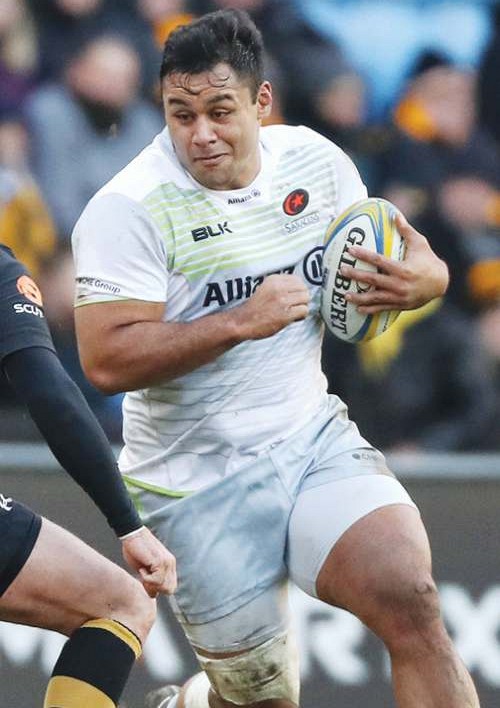
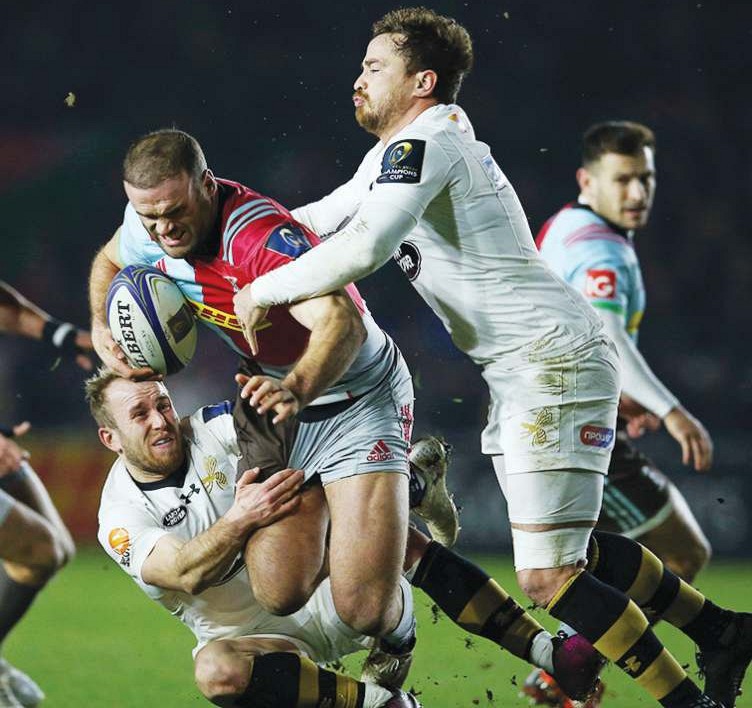
At lock Exeter's Jonny Hill is a towering lineout presence with allcourt skills, while Newcastle's Calum Green and Gloucester's Ed Slater are chips off the same block, bringing grit and physical clout. Nor should Dave Attwood's size and power be ignored – the Bath giant is on loan at Toulon and one steaming charge against Munster last weekend was a reminder of what he can do.
There are also a host of back row options for Jones to mull over.
Armand, Dave Ewers and James Haskell at blindside, Underhill, Sam Simmonds, Jack Willis and the Curry brothers at openside, and Billy Vunipola and Jack Clifford at No.8.
Alongside the Robson-Cipriani ticket Jones could have the insurance at half-back of the experienced Leicester partnership between Ben Youngs and George Ford, with the Saracens pairing of Ben Spencer and Alex Lozowski also in the frame.
If Owen Farrell was left behind this would also encourage England to hone another top tier goal-kicker in South Africa – with Ford, Cipriani, Daly, Lozowski and Alex Goode the main contenders.
The last thing England want in the event of a Farrell injury before the World Cup is the angst of having to rely on a hit-or-miss marksman.
The other potential benefit is finding out if Ben Te'o can truly impose himself on the Springbok midfield to become the gain-line gatecrasher that Jones wants at 12.
Injuries allowing, Manu Tuilagi could be another option – but if the England coach is looking for a bolter then he should take a look at Mark Atkinson. He has been in barnstorming form for Gloucester, and at 6ft 5in and 16st 9lb (106kg) takes some stopping.
His Gloucester outside-centre accomplice Henry Trinder has also been tearing it up, and with Henry Slade also in the picture, again, there are plenty of options.
The same applies at wing, where Jonny May, Denny Solomona and Nathan Earle are the front runners, while at full-back the eternally elusive Goode has earned the right to have another tilt at aerial ace Mike Brown.
The depth is there, and if Jones does not tap into England's playing reservoir in South Africa, creating genuine competition for places, his World Cup plans are in danger of turning to dust.
